Can’t view on Facebook? Click here to watch on Youtube.
We all like challenges, right?
Well, what if you were given a unique challenge - something you might never normally do. The chance to climb the World’s tallest freestanding mountain, the tallest mountain in Africa, and one of the seven summits?
Would you do it? Well, I did, and so did 15 of my friends.
Welcome to Mount Kilimanjaro.
After two days of flying, we arrived in Moshi, a small village at the base of the Mountain - but still large enough to host an International Airport. Our guide Abdul picked us up and prepared us for the climb, he is an expert on the mountain and has climbed hundreds of times.
We hit the mountain early the next day, we’re headed up the Marangu Route (also known as the Coca Cola Route, because yes, even Coca Cola can make it to the top).
From the moment you step foot on the mountain you are hiking through a rainforest, the first of five climatic zones that you experience. It’s about 5-7 hours of hiking each day from camp to camp, but it goes fast - especially when you take time to talk with your guides, who all have incredible stories to share. For a group of 16 of us, we had 40 crew members and 10 guides on our team - and they all had incredible stories to share.
You arrive at camp each day before sunset, settle in, and count down the minutes to dinner - trust me, you’re starving.
The food on the mountain is superb, warm soups, diverse vegetables, plenty of carbs, and even some meat (although most of your protein you will get from beans).
Every morning you wake up to hot tea, warm wash basins, a delicious breakfast, and a choir. To help climbers reach the top, the entire crew sings songs of encouragement before you set off each day. It’s incredible.
Day 2 and 3 are similar to the first, except you are hiking through completely different landscapes, Heather, Moorland, and Alpine Desert. As you get higher and higher up it becomes harder and harder to breathe, as the oxygen in the air gets thinner. It’s easy to let this distract you, but don’t - keep your eye out for the small things - like the Chameleons that are all along the route.
When you arrive at Base Camp (Kibo Huts) that’s when the altitude really kicks in. Acute Mountain Sickness (or AMS) is a real thing, hope for the best but prepare for the worst. It’s normal to feel tired, have a slight headache, and even lose your appetite.
The Summit Day is brutal, but worth it.
You wake up at midnight to traverse up the side of the volcano in time for sunrise at Gilman’s peak (a 6-hour climb). I took the climb literally one step at a time, and in between each step was a much-needed gasp for air.
The entire climb the crew is right there by your side cheering you on, encouraging you, and doing everything they can do to help you reach the top. And surprisingly, most people do.
There are three summits at the top, Gilmans, Stellas, and Uhuru - and despite all the hiccups along the way, all of us made it to the top, and 15 made it all the way to Uhuru.
Kilimanjaro is no easy climb, you face extreme tiredness, nausea, pounding headaches, and more… but when you reach the top and see the smiles on the faces of the people around you - it’s worth it.
The Mountain doesn’t change you, the people do.
Grab your backpack, let’s go explore.
Join me on my next climb up Mount Kilimanjaro, and summit the world’s largest freestanding mountain for yourself!
We all like challenges, right? Well, what if you were given a unique challenge - something you might never normally do. The chance to climb the World’s tallest freestanding mountain, the tallest mountain in Africa, and one of the seven summits? Continue watching to learn if you should do it and if it's worth it!
Hear about climbing Mount Kilimanjaro as the Amateur Traveler talks to Kylie Chenn, the founder and CEO of Acanela Expeditions, about what you should know about climbing the tallest mountain in Africa.
The 19,340-foot climb up Mount Kilimanjaro is a once-in-a-lifetime trip. As one of the Seven Summits, Kilimanjaro offers amazing views of its many landscapes — but with an estimated five to 12 hours of hiking ahead of you each day, you may worry that you are unfit or underprepared for the upcoming challenge. Fear not! This ultimate training guide will help you prepare for your trek up Kilimanjaro.
You are planning to climb mount Kilimanjaro and you don't know which is the best route? Acanela Expedition will explain the differences between the routes and help you decide which is the best for you. As the popularity of climbing Mount Kilimanjaro continues to increase, potential climbers are often uncertain as to which route to take. There are seven major routes used to climb Kilimanjaro. Each route has its own advantages and disadvantages. When selecting the route, make sure it is the appropriate route for your desires, physical ability, altitude and comfort level.
Africa is the ultimate adventure, a chance to discover nature’s impressive landscapes, and what better way to explore this continent than on foot!
The highest peak in Africa, Mt. Kilimanjaro is a towering, dormant volcano and has been a major climbing destination for travelers from all over the world for a century. Hiking the popular Marangu route to reach the impressive summit is an unforgettable experience for the adventurer in all of us. Read below to discover the best time to join us on our Kilimanjaro adventure!
To Abdul, Kilimanjaro is more than a picturesque backdrop to his village; it is his whole life. This mountain is his job and his livelihood, as well as that of his family and friends in his village. But even more than that, Kilimanjaro is Adbul’s home, and he has a profound love and appreciation for it.
The magnitude of climbing Mount Kilimanjaro did not occur to me until I was on the airplane, flying past the tallest free-standing mountain in Africa. Seeing the mountain for the first time, I was overwhelmed by nervous excitement, and humbled by the mass my brother and I would soon attempt to climb. That was the first time it truly occurred to me what we were in Tanzania to
Tipping can be one of the most confusing parts of traveling. With each country being different, how do you know how much to tip? Here we give you a detailed breakdown on how much you should expect to tip each member of your Kilimanjaro Climbing Crew, including the guide, assistant guide, chef, and porters.
Climbing Kilimanjaro was the highlight of my experience visiting Eastern Africa. I successfully reached the summit of Kilimanjaro, and learned many important lessons along the way. Here are 10 things I wish I had known before climbing Kilimanjaro!
There’s no greater gift you can give your mother than spending quality time together, and what better way to show your love and appreciation than with a trip abroad! Your mom is the perfect travel buddy, and experiencing new cultures and adventures together will strengthen your bond and create lifelong memories you’ll cherish for years to come. These are the top 20 trips to take with your mom.
Mount Kilimanjaro is one of the most iconic mountains in the world. Standing at 19,341 feet, it’s Africa’s highest peak and one of the Seven Summits. Conquering the mountain is something countless people dream about, and while the climb is both physically and mentally exhausting, anyone can achieve this feat with hard work, commitment, and determination. To accomplish what’s sure to be one of the most fulfilling experiences of your life, preparation is key. Keep reading to find out what to pack and how to prepare for your journey to Mount Kilimanjaro.
📍Egypt & Jordan
7 to 12 days from $4,200
Limited to 12 travelers
See Details >
50% off with code: “50OFF”
For select travel dates until December 2025
Offer expires March 31st, 2025
📍Botswana, Zambia, Zimbabwe
8 to 11 days from $4,200
Limited to 16 travelers
See Details >
50% off with code: “50OFF”
For select travel dates until December 2025
Offer expires March 31st, 2025
📍Tanzania
4 to 11 days from $2,400
Limited to 16 travelers
See Details >
50% off with code: “50OFF”
For select travel dates until December 2025
Offer expires March 31st, 2025
📍 Tanzania
7 days from $3,800
Limited to 16 travelers
See Details >
50% off with code: “50OFF”
For select travel dates until December 2025
Offer expires March 31st, 2025
📍Kenya
8 days from $3,900
Limited to 16 travelers
See Details >
50% off with code: “50OFF”
For select travel dates until December 2025
Offer expires March 31st, 2025
📍 Uganda
5 days from $3800
Limited to 16 travelers
See Details >
50% off with code: “50OFF”
For select travel dates until December 2025
Offer expires March 31st, 2025
📍Morocco
7 to 11 days from $3,800
Limited to 16 travelers
See Details >
50% off with code: “50OFF”
For select travel dates until December 2025
Offer expires March 31st, 2025







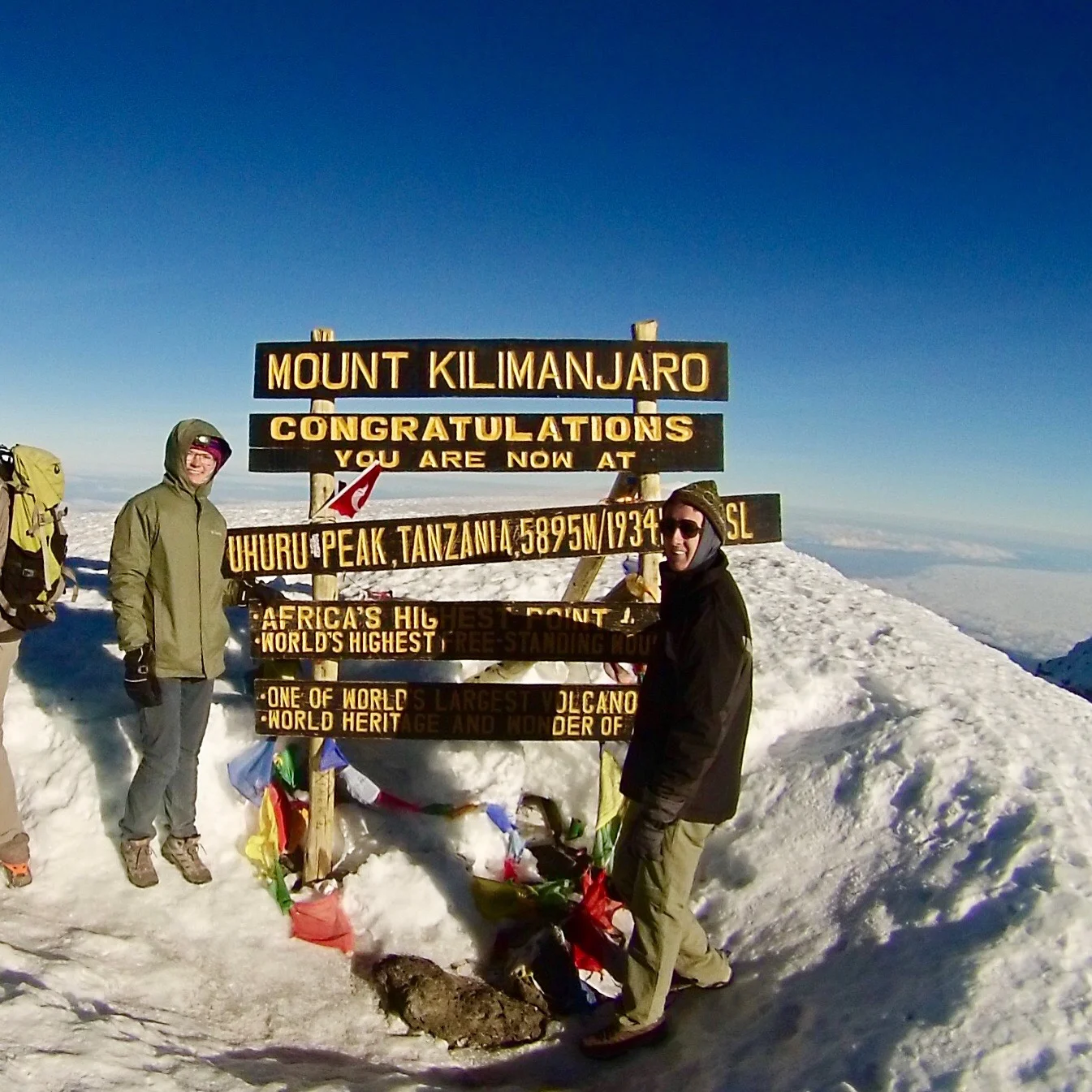




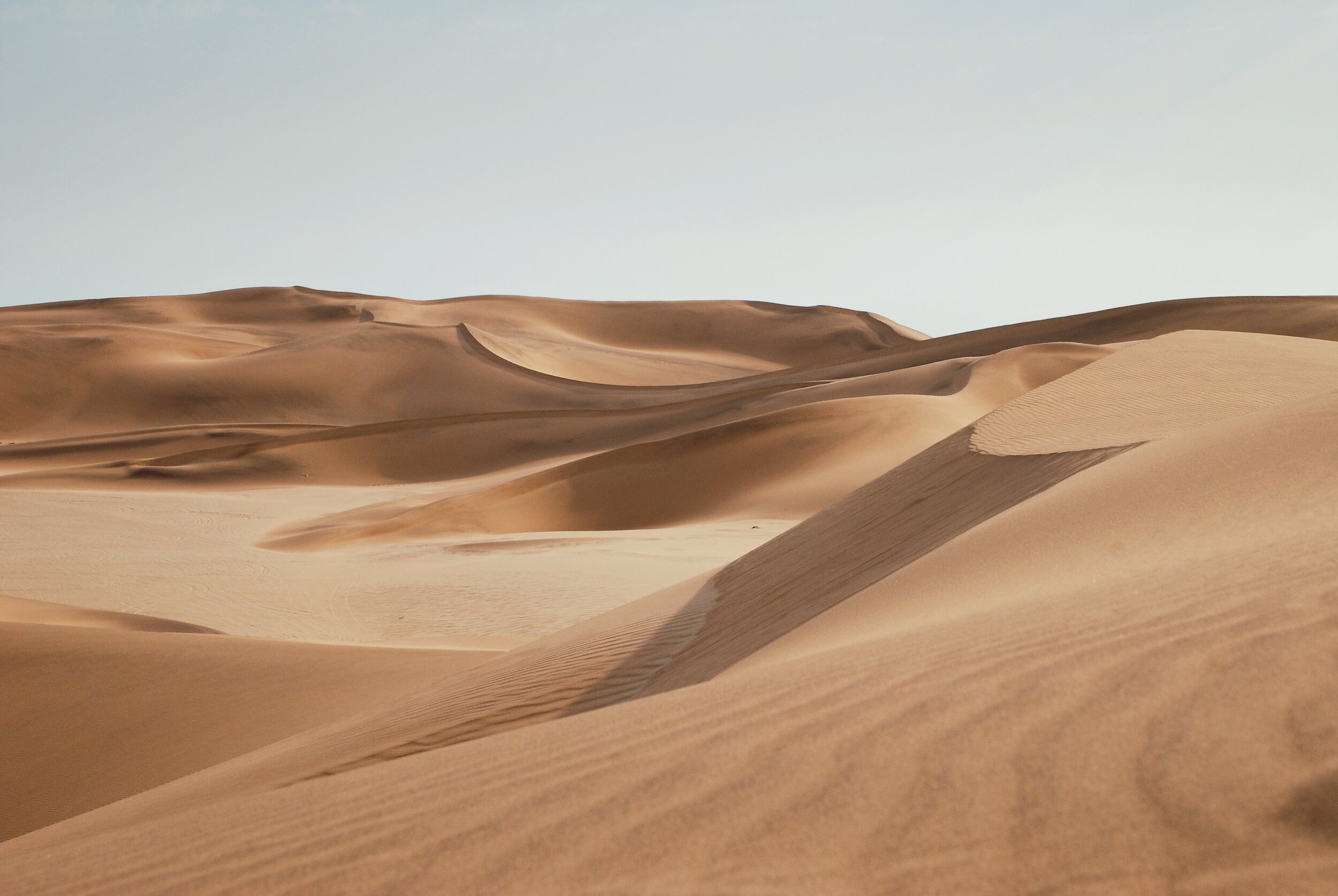

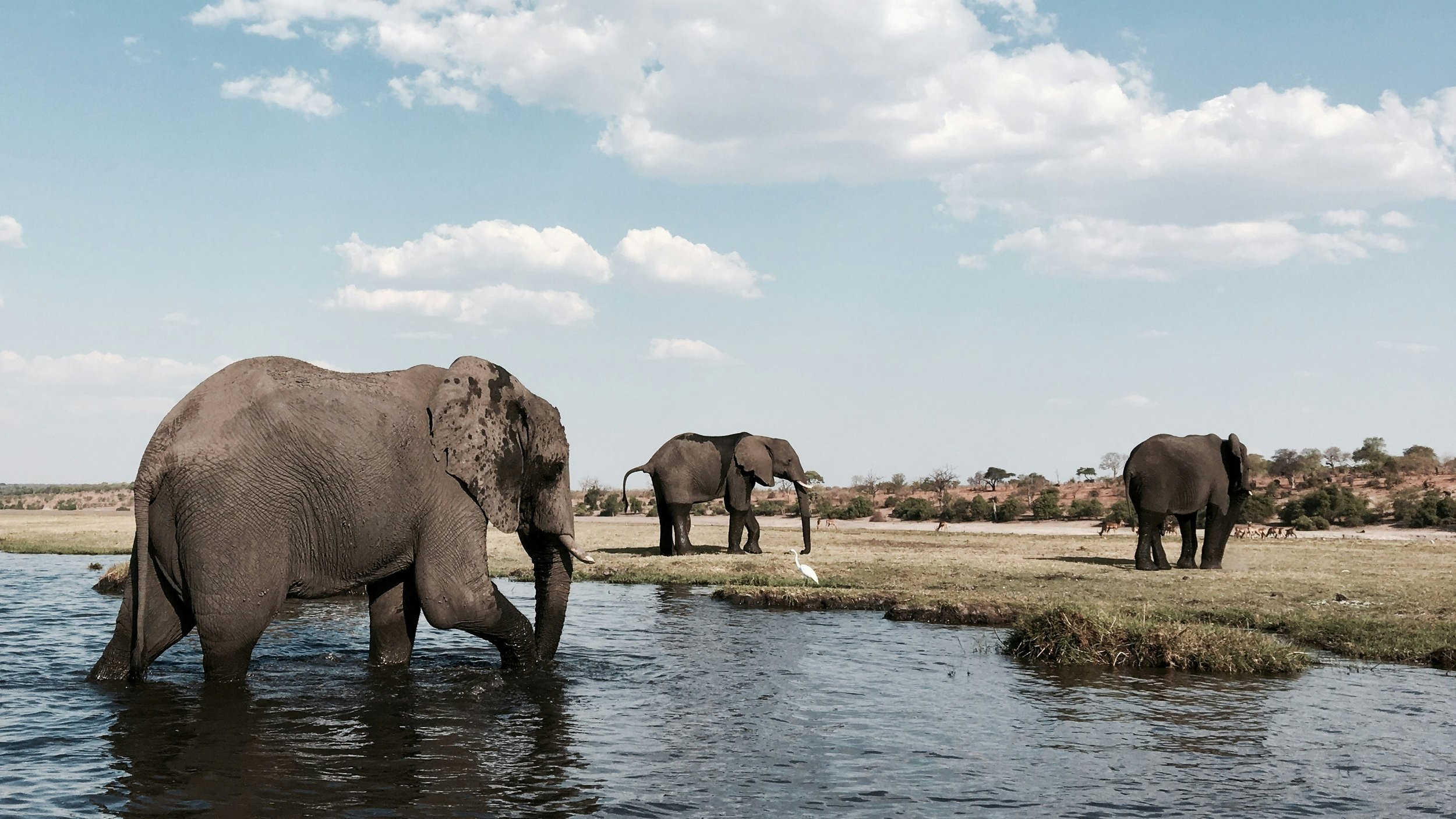
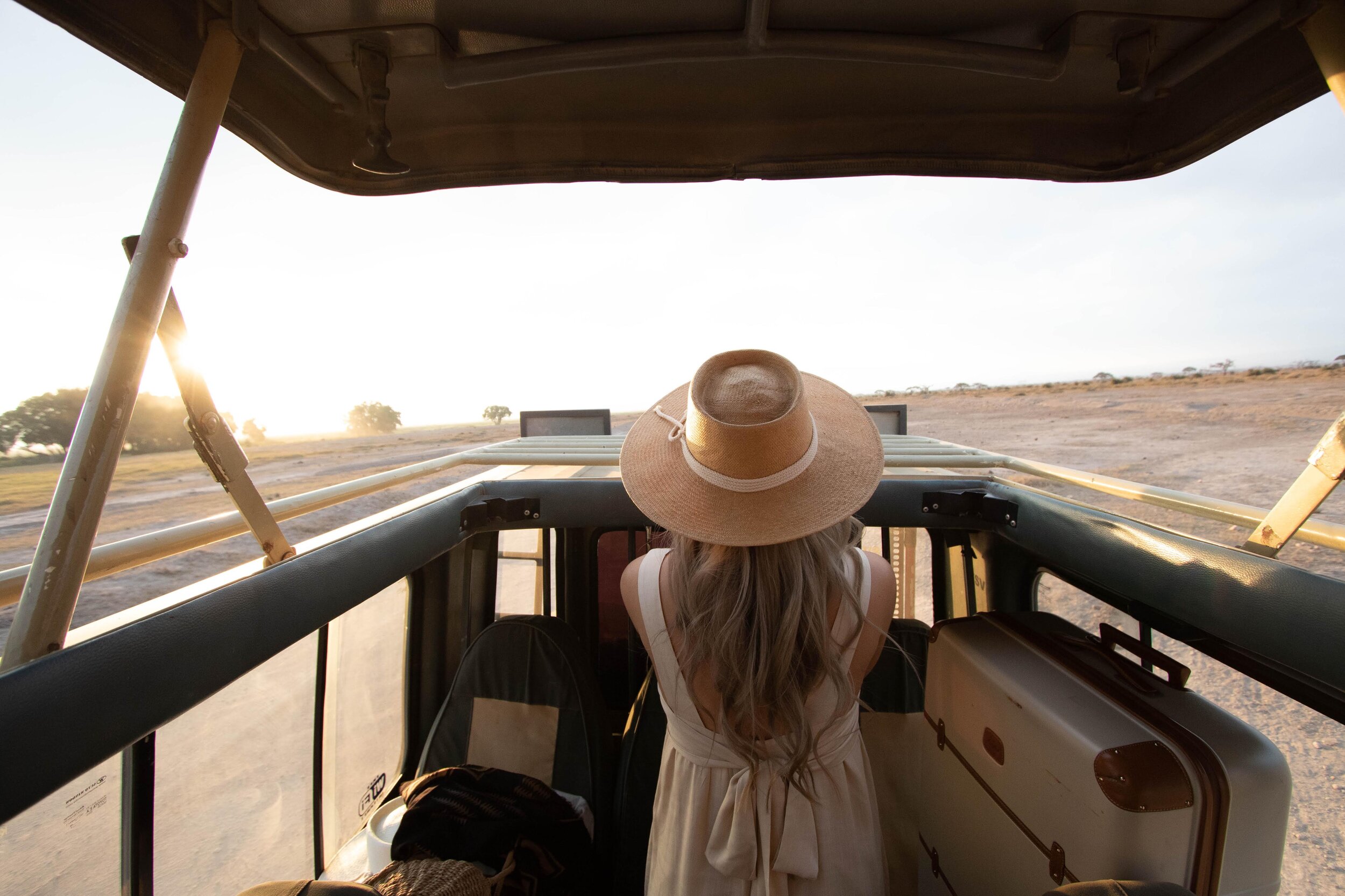
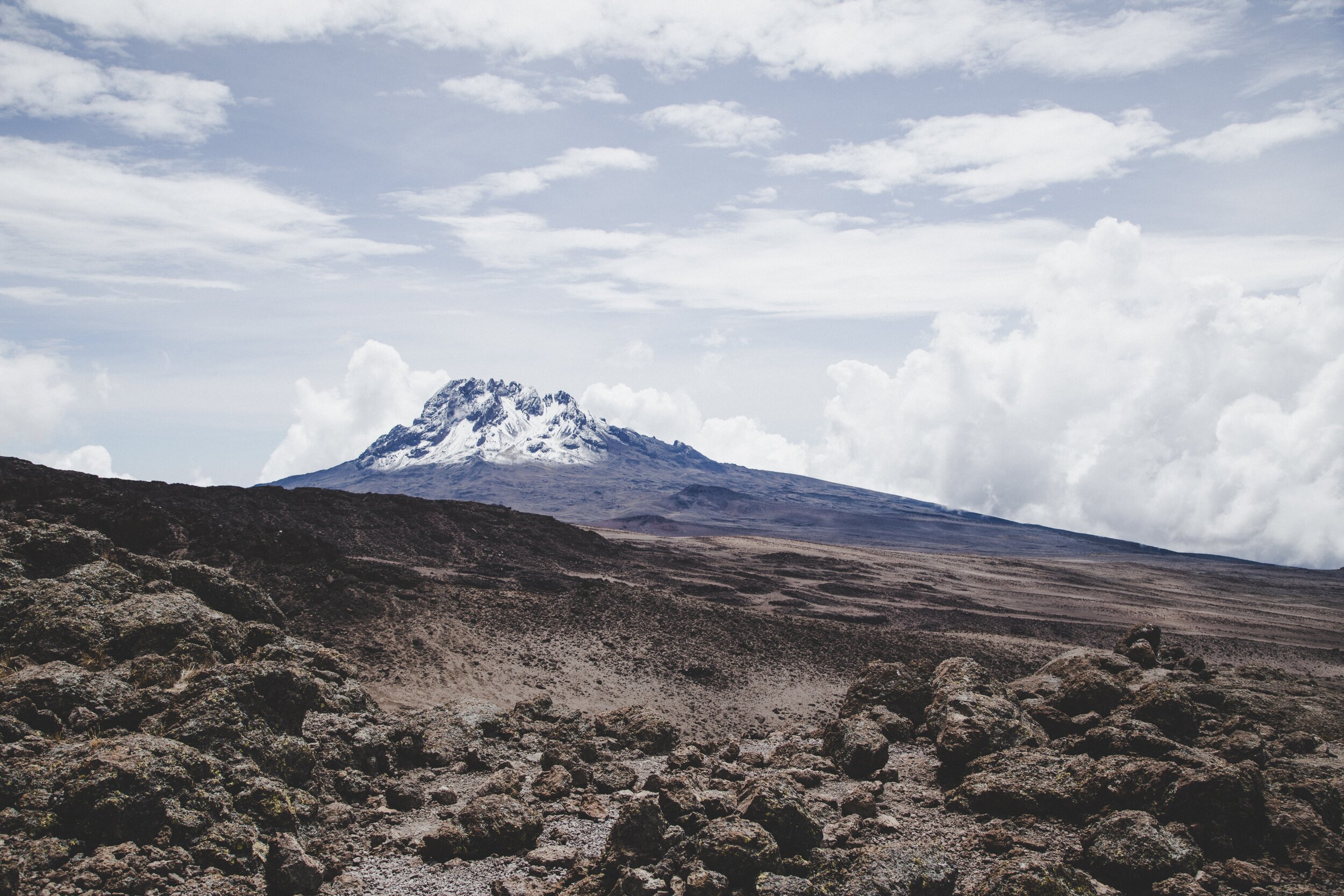
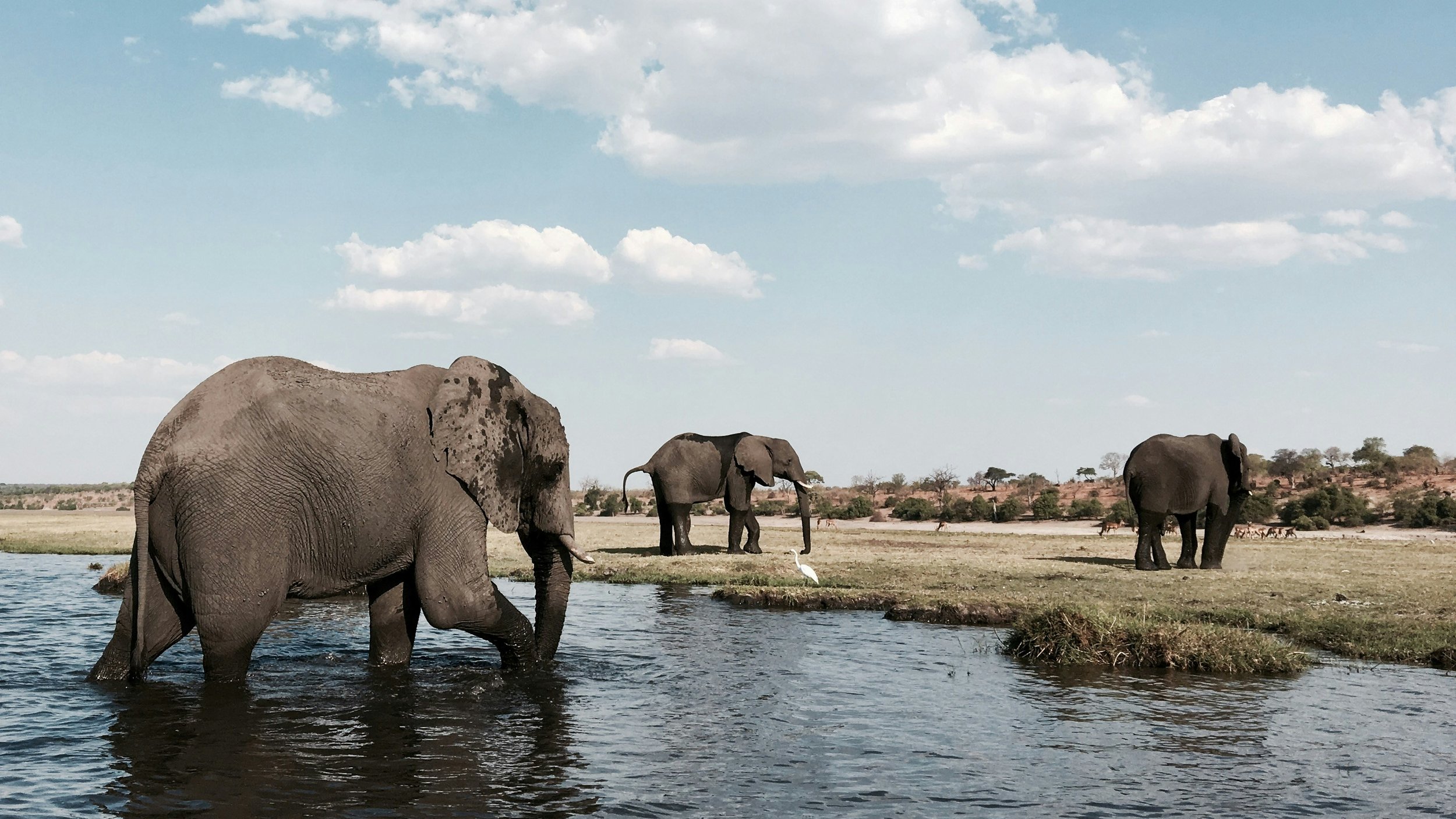

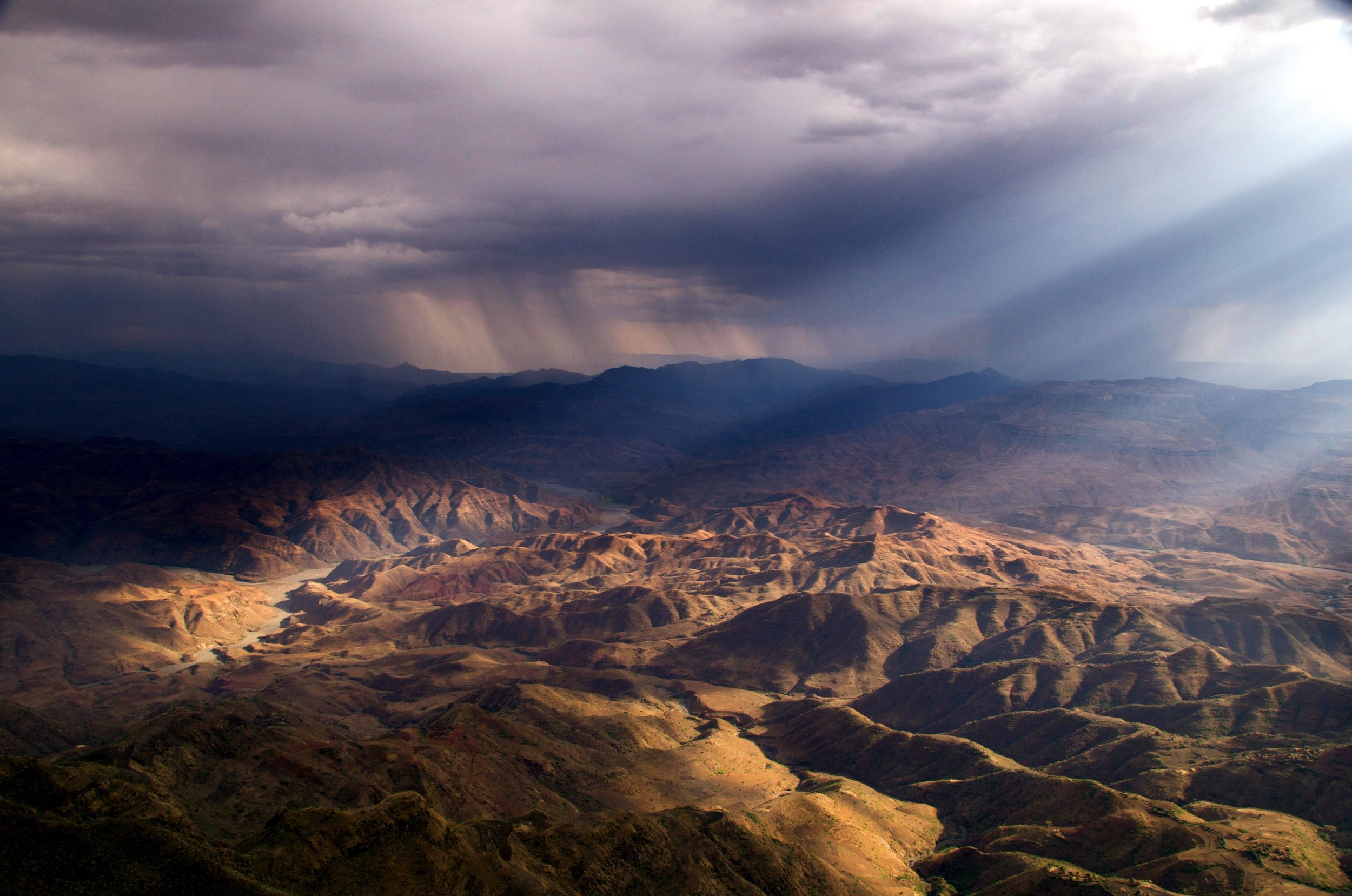


Training to climb Kilimanjaro is as much about your physical endurance as it is about your mental stamina. Hiking between 5-10 miles each day for several days in a row can be tough. To prepare for the climb, your fitness is important, and I’ve decided to share exactly what I do to train for every climb with you.